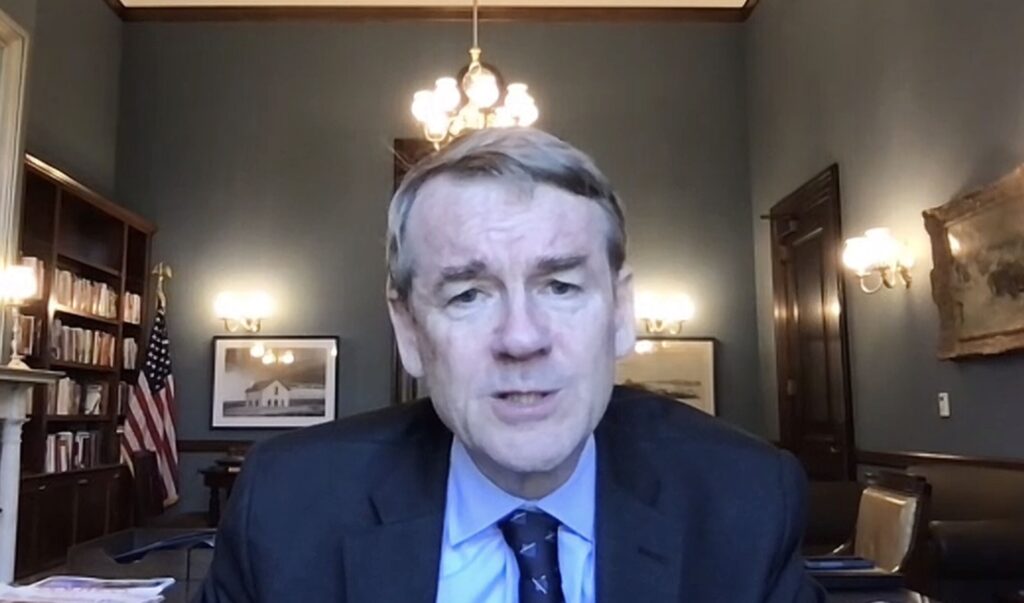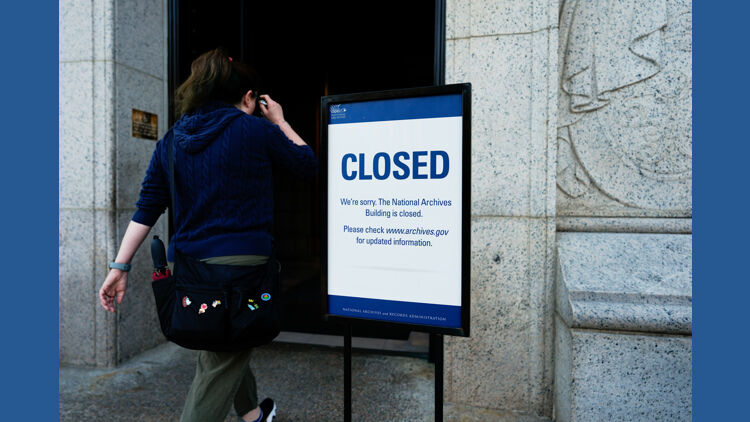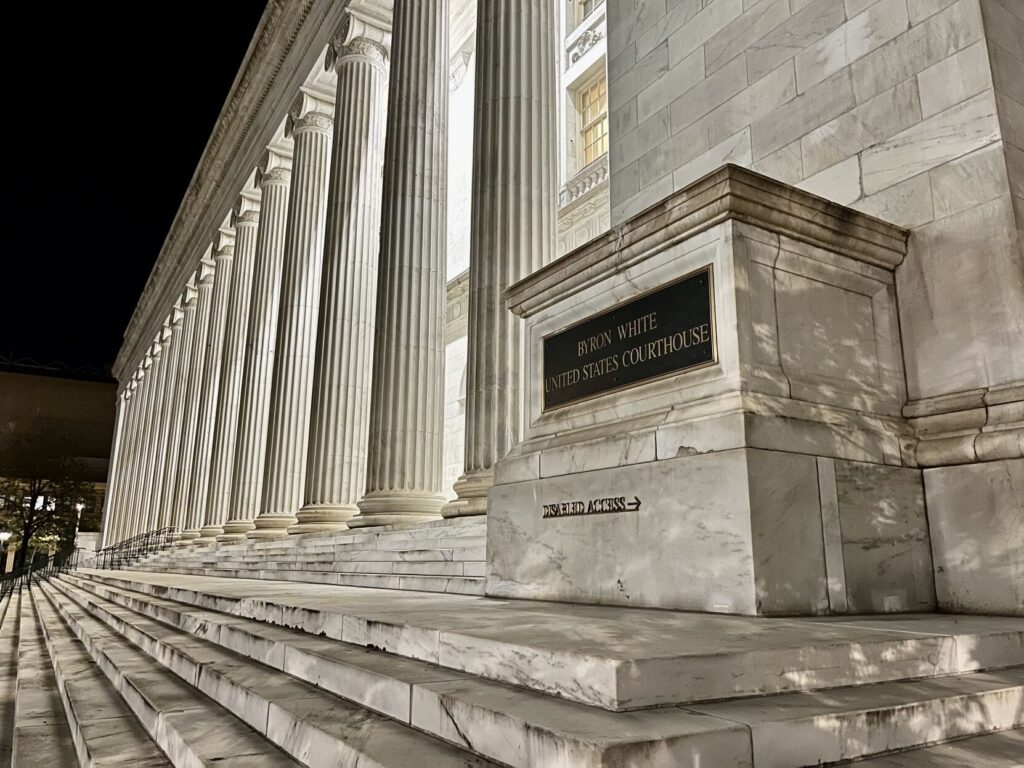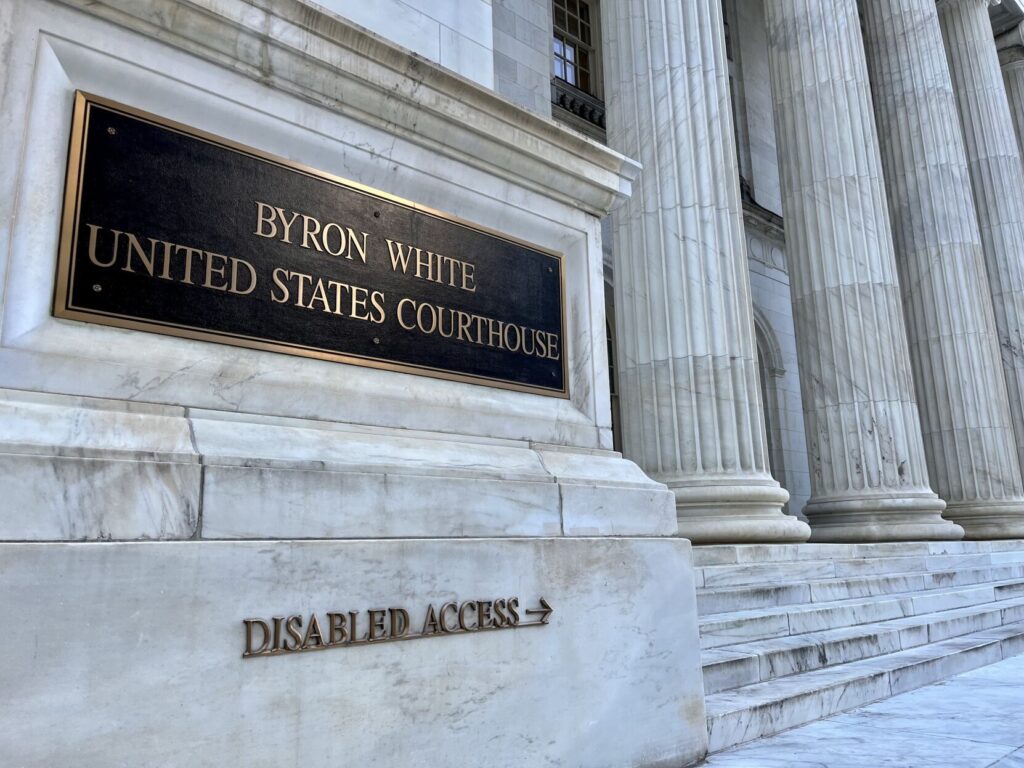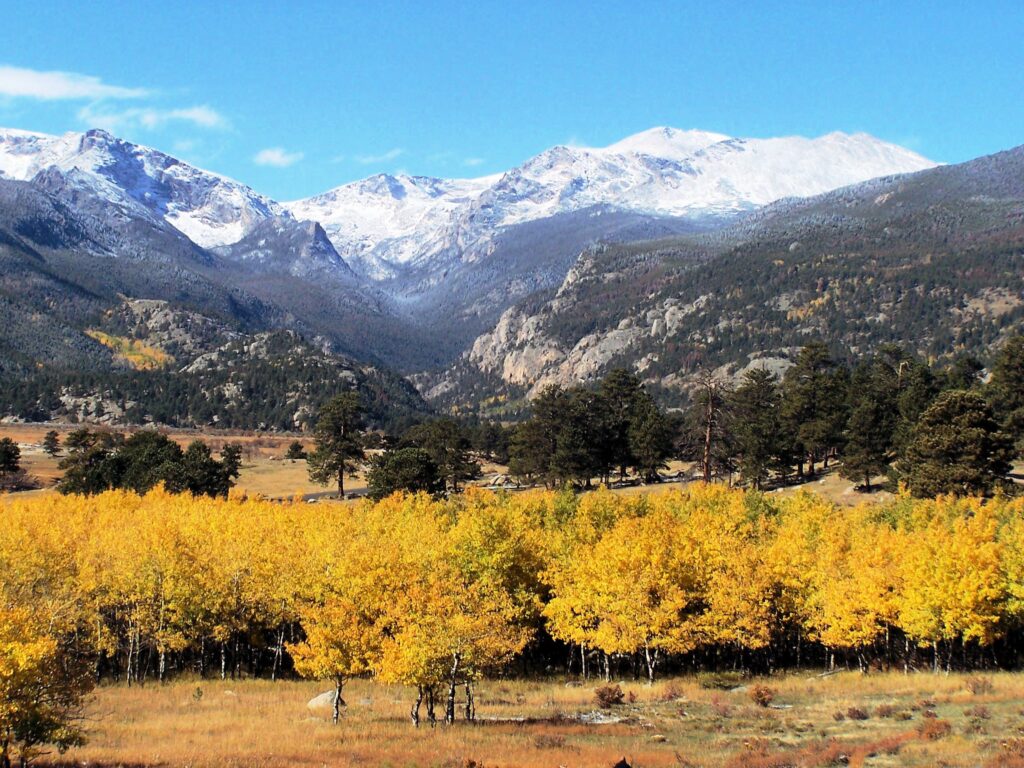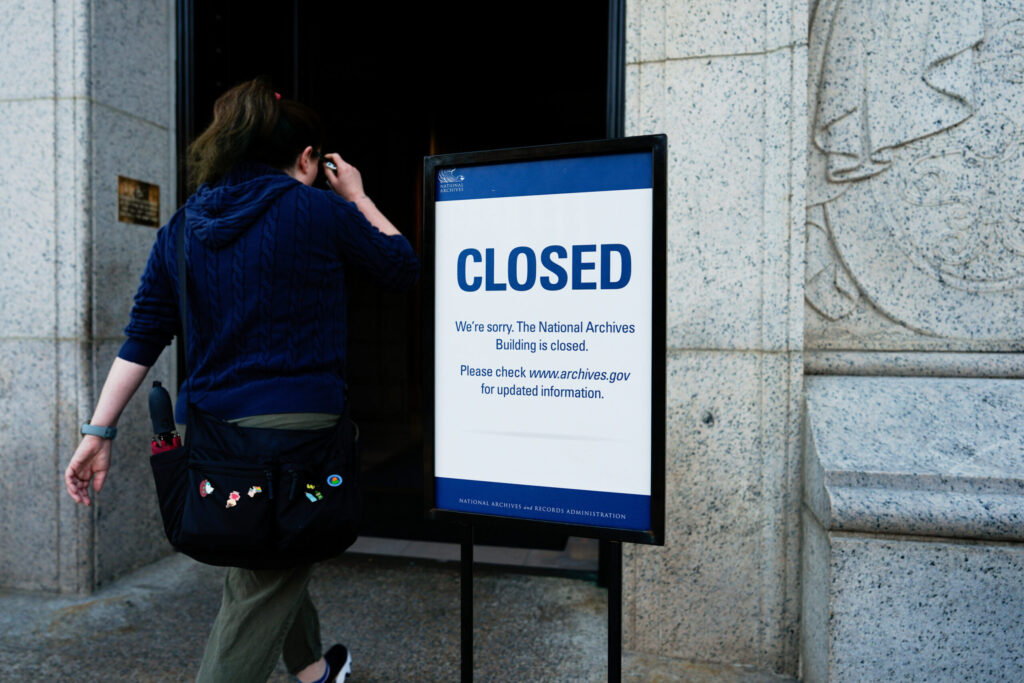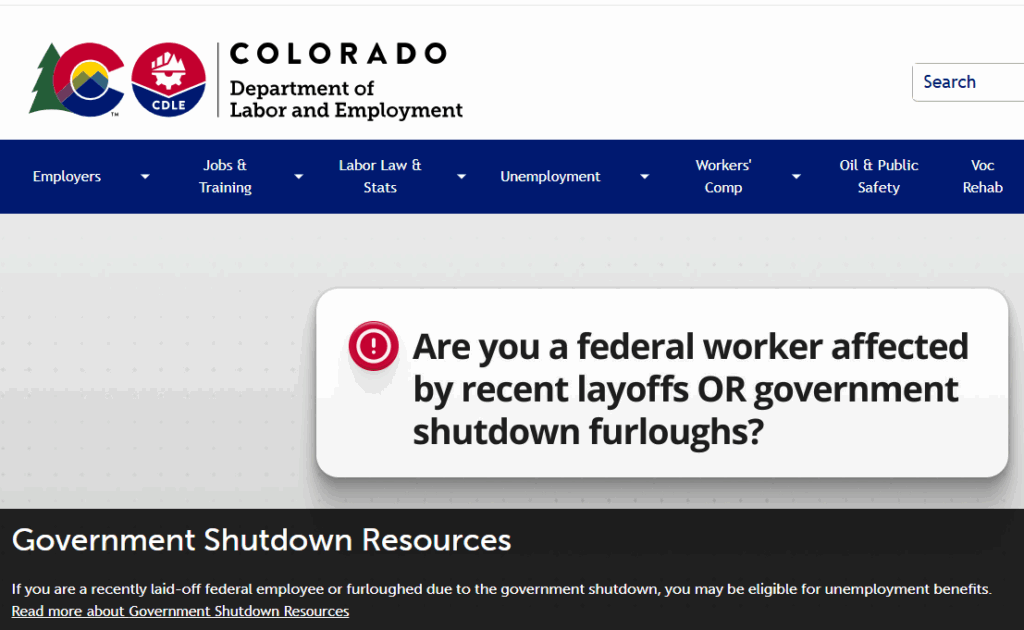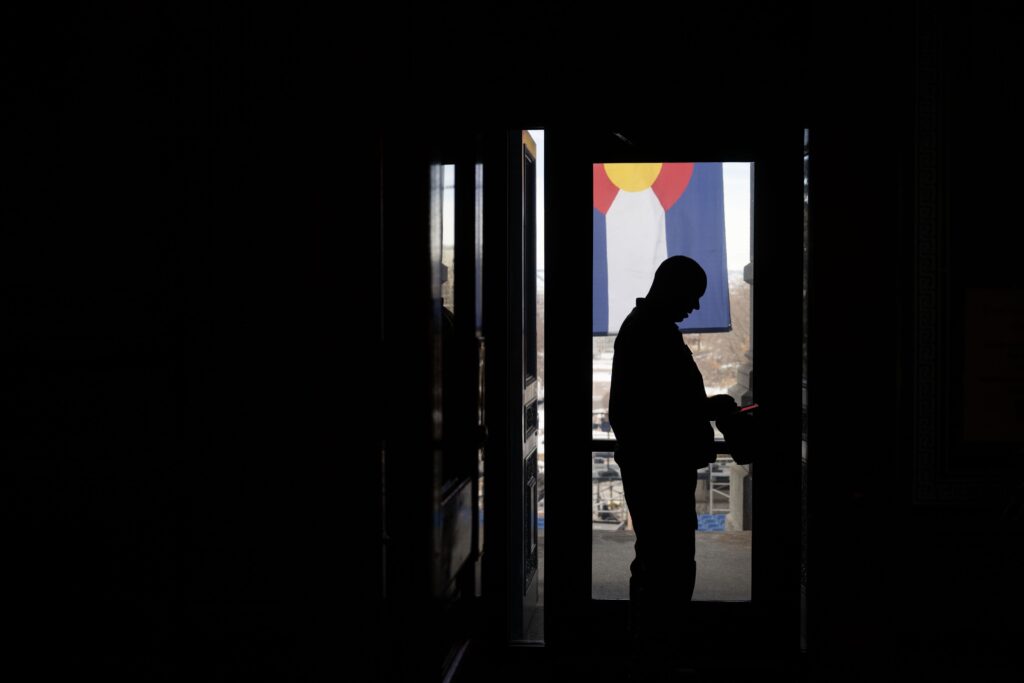Investigation into oil and gas ties to deadly Firestone explosion renews setback talks

An investigation into a well operated by Anadarko Petroleum Corporation in connection with a house explosion that killed two in Firestone last week offers fodder to setback conversations.
Anadarko, one of Colorado’s largest oil and gas producers, announced Wednesday that it has shut down more than 3,000 wells in northeast Colorado. A well sits 178 feet from the home in Firestone, in which two wen were killed in a devastating explosion.
While state investigators have not yet offered a conclusion in the investigation, speculation has led to calls for greater scrutiny over the industry, as the industry continues to push a narrative of safety.
Speculation was heightened Thursday during a news conference held by the Colorado Oil and Gas Conservation Commission, which is assisting the Frederick-Firestone Fire Protection District in the investigation.
“There’s been obvious attention to and scrutiny to the incident,” said Matt Lepore, director of the COGCC. “We know there is oil and gas nearby. The agency has responded. We are here today to tell you what we’ve done and why we’ve been there.”
But when asked by Colorado Politics whether there is evidence to link the explosion to oil and gas operations, the COGCC declined to comment.
State regulators, however, said that it performed initial surveys to determine whether there were ongoing gas leaks in nearby neighborhoods.
“Based on all of the investigations to date, COGCC believes there is no immediate threat to the environment or public safety,” Lepore said.
While critics of the industry are waiting for the results of the investigation, the incident has highlighted ongoing discussions over setbacks and overall oil and gas regulations.
“We should take a cautious approach until we know for sure,” said Rep. Mike Foote, D-Lafayette, who sponsored legislation this year that would have required oil and gas operations to be located at least 1,000 feet from school property lines.
The legislation died on a Republican party-line vote.
“If it was caused by the well located a mere 170 feet away from the home, hopefully the state will finally act to set reasonable drilling setbacks,” Foote continued. “Let’s wait to see what the investigators determine before making any final conclusions.”
Houston-based Anadarko called the Firestone incident a “terrible tragedy” that has left the corporation with “heavy hearts.” But it added that “there is still much that is not yet known” regarding the incident and subsequent investigation.
Al Walker, chairman, president and chief executive of Anadarko, said the corporation decided to shut down the more than 3,000 vertical wells “in an abundance of caution.”
“Particular focus is being placed on areas where housing and commercial developments are occurring in close proximity to existing infrastructure,” a statement from Anadarko stated.
“Colorado residents must feel safe in their own homes, and I want to be clear that we are committed to understanding all that we can about this tragedy as we work with each investigating agency until causes can be determined,” said Brad Holly, a senior vice president for Anadarko.
The bodies of brothers-in-law Mark Martinez and Joey Irwin, both 42, were discovered in the basement one day after the explosion. Martinez’s wife, Erin, was seriously injured and continues to heal in the hospital. A child, believed to be her 11-year-old son, was also injured, according to a report by the Longmont Times-Call.
One issue that has come up is whether developers should be regulated by the state when it comes to building homes and structures near oil and gas operations. Those matters are left up to local zoning ordinances.
“The distance that homes are built from wells is under the jurisdiction of local governments. I don’t have an opinion on how local governments should regulate that,” Lepore said.
A COGCC rule states that horizontal wells within 1,500 feet of a vertical well must be tested to ensure that the horizontal well won’t negatively impact the existing vertical well.
Vertical wells are usually older, as was the case with the one near the explosion. It was drilled in 1993. Many operators have voluntarily gone about shutting off some of those wells.
The COGCC rule did not apply to the Firestone well, as it was drilled before housing was erected nearby. The last time the well was inspected by the state was August 2014.
The high-profile incident is sure to recharge a conversation on oil and gas regulations and whether operations should occur in residential neighborhoods.
So-called fractivists continue to mull ballot initiatives that would allow local governments to ban hydraulic fracturing, though groups were unable to place issues on the ballot last year. In 2014, a deal was reached with U.S. Rep. Jared Polis, D-Boulder, in which he agreed not to bankroll anti-fracking ballot initiatives in exchange for a task force that examined the local control issue. Some feel the task force did not go far enough.
“This whole situation is tragic. My heart aches for the family that lost loved ones and had others injured in the explosion and fire,” said Sen. Matt Jones, D-Louisville, who also sponsored the failed setback bill in the legislature this year.
“Although the cause of the explosion is under investigation, in response Anadarko shut down a gas well only 170 feet from the blown-up home, along with 3,000 area wells. The Colorado Bureau of Investigation needs to get to the bottom of this. And the Colorado General Assembly needs to take action on the results to protect Coloradans.”



